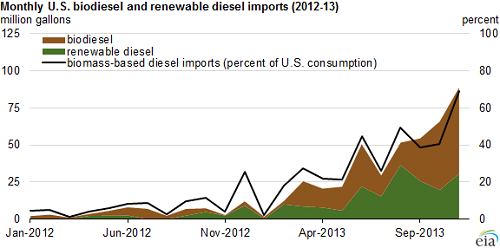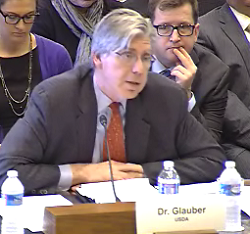Ten new E15 stations have opened in Wisconsin. Vehicles manufactured after 2001 and flex-fuel vehicles (FFV) can fill up at the United Cooperative Cenex convenience stores located throughout Wisconsin: Beaver Dam, Baraboo, Hustisford, Iron Ridge, Pickett, Poynette, Reedsburg, Watertown, and Wyocena. The stations offer blender pumps that include additional mid-level ethanol blends: E30 and E85 for use in FFVs.
David Cramer, United Cooperative president and chief executive officer, noted, “Ethanol-blended fuels like E15 are better for the  environment, originate from locally-grown corn, and reduce our dependence on foreign oil. United Cooperative enjoys offering our customers multiple ethanol options at the pump and doing our part to support the American economy.”
environment, originate from locally-grown corn, and reduce our dependence on foreign oil. United Cooperative enjoys offering our customers multiple ethanol options at the pump and doing our part to support the American economy.”
With the addition of these 10 new stations, there are now 75 E15 stations in 12 states.
“United Cooperative understands the vital importance of choice in the transportation fuel market. The addition of blender pumps to these 10 stations give the people of Wisconsin access to E15, E30, and E85, all low-cost fuel options,” said Robert White, director of market development at the Renewable Fuels Association. “The expansion of E15 in Wisconsin is only the beginning as retailers continue to see the economic benefits of installing blender pumps and offering higher-level ethanol blends to their customers.”





 through the field of
through the field of 



